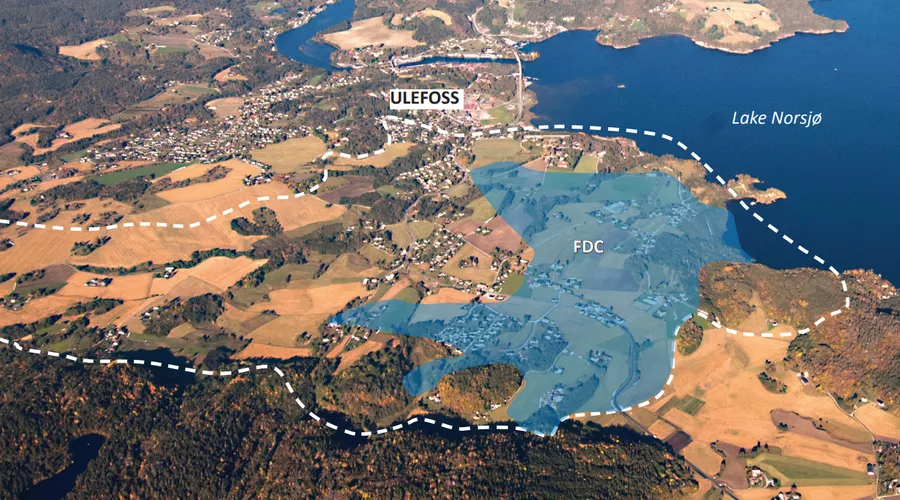- Rare Earths Norway>
- The Fen Carbonatite Complex
The Fen Carbonatite Complex
The Fen Carbonatite Complex was created 580 million years ago when carbonate-rich magma formed a volcanic feeder pipe.

Copyright Sven Dahlgren
The Fen Carbonatite Complex
The Fen Carbonatite Complex is what remains of the volcanic feeder pipe of a 580-million-year-old volcano with carbonate-rich magma – known as carbonatite. Over millions of years, the volcano has been eroded and can no longer be seen above ground.The circular feature of the volcanic pipe is approximately 2 km in diameter. It contains several types of carbonatite rock with varying mineralogy and geochemistry.The local area has a long history of mining. For almost 300 years – from 1657 to 1927 – iron ore was mined from hematitized carbonatite (“red rock”) in the eastern part of the complex, and from 1953 to 1965 niobium ore was mined from calcite carbonatite (“søvite”) in the western part of the complex.Our focus is on iron-dolomite carbonatite (“rauhaugite”), FDC for short, which is found in the central part of the complex. The FDC contains rare earth elements in the minerals bastnäsite and parisite (and minor amounts of synchysite and monazite) with a grain size and texture that facilitate efficient mineral separation.
Area and size
The part of the Fen Carbonatite Complex consisting of FDC covers an area of approximately 1.4 km2 and has been drilled to a depth of 1000 metres. Building on information from the county council’s geological adviser and Geological Survey of Norway, Golder has defined a JORC-compliant Exploration Target of 1.4-3.3 billion tonnes @ 0.4-2% TREO. Neodymium and praseodymium, which are important constituents in permanent magnets, account for 15–25% of the REE found at Fen.
The Fen Carbonatite Complex is the largest known REE deposit of the carbonatite type in Europe and Rare Earths Norway (REN) is currently performing core-drilling and beneficiation tests to examine the deposit in greater detail.